The Best Guitar Strings for Acoustic & Electric Fingerstyle


Fingerstyle guitar is more than a technique. It’s a totally different language of guitar playing.
Whether you're plucking intricate patterns on an acoustic or coaxing soulful harmonics from an electric, fingerstyle playing opens up a dynamic range of tones that flatpicking can’t always match. But here's a truth too many players overlook: your strings play a massive role in the conversation.
That’s right—your strings aren't just passive participants in your playing. They shape how your fingers feel against the guitar, how notes bloom under light touch or strong attack, and how expressive your tone can be. With fingerstyle, nuance is everything. So it makes sense to choose strings that bring out the best in your playing.
Let’s dive into what makes a great set of fingerstyle strings depending on what you're trying to achieve.
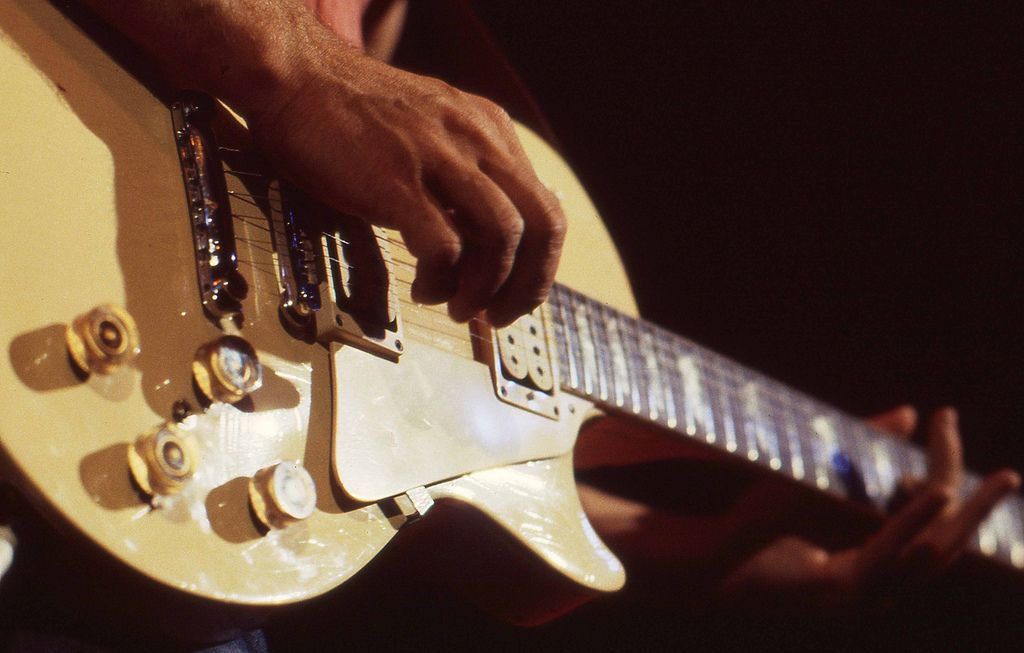
Why Fingerstyle or Hybrid Picking?
Before we get into gauges and materials, let’s talk technique.
Fingerstyle playing—where you use your thumb and fingers to pluck individual strings—offers greater independence, control, and expression. You can strike bass notes with your thumb while weaving melodies or chords with your fingers. Want to add percussive slaps or thumb rolls? Go for it. Want to use hybrid picking (pick + fingers)? Even better—you get attack and expression.
This tactile connection means your choice of strings really matters. You’ll feel every surface detail, every gauge shift, and every tonal nuance. Pick the wrong set, and your hands will know it.
Fingerstyle Strings for Acoustic Guitars
Acoustic fingerstyle players need strings that balance warmth, clarity, and responsiveness. Here are the top considerations:
Gauge: Light to Medium
Fingerstyle benefits from lower string tension, making light and custom light gauges ideal. Lighter strings are easier on the fingers, especially when you’re playing extended chord voicings or intricate patterns.
Best Bets:
Stringjoy Naturals Balanced Light (12–54) – Perfect for fingerstyle players who want a balanced feel with strong note definition.
Stringjoy Naturals Balanced Super Light (11–52) – A sweet spot for players who want less resistance for complex fingerpicking.
Heavier gauges can work for players with a strong attack, but they sacrifice some subtlety and may require more effort. Lighter gauges let your dynamics shine through.

Material: Phosphor Bronze vs. 80/20 Bronze
Phosphor Bronze strings offer warm, rich overtones that suit expressive fingerstyle playing, and their pronounced midrange complements vocals beautifully. They also age gracefully and respond well to varied touch.
80/20 Bronze has a brighter, crisper sound. It’s great for players who want more sparkle and separation in their fingerpicked notes.
Additionally, our uncoated Naturals and coated Foxwoods both deliver high-end phosphor bronze tone, but with a couple of key differences:
Naturals (uncoated): Pure tone, perfect for players who want raw responsiveness.
Foxwoods (coated): Slightly brighter, longer-lasting, and still exceptionally tactile—great for players who don’t want to skimp no tone or change strings often.

Fingerstyle Strings for Electric Guitars
Electric fingerstyle is a whole other beast. Think Mark Knopfler, Jeff Beck, or players exploring jazz, neo-soul, and ambient tones. The key here is feel, flexibility, and touch sensitivity.
Gauge: Whatever - but Make Sure it's Balanced!
Since electrics already have lower tension than acoustics, fingerstyle players can get away with slightly heavier gauges, but many still prefer light or balanced sets that feel even across the neck. The key is to choose sets that provide balance across all six strings. We know a thing or two about that....
Stringjoy Signatures Balanced Light (10–48) – Great for players who want smooth, even tension that doesn’t fight back.
Stringjoy Signatures Super Light Plus (9.5–46) – A half step heavier than 9s, but more forgiving than 10s. Great for hybrid players who need flexibility and control.
Material: Is Nickel King?
Most electric fingerstyle players use nickel wound strings for their wide availability, warmth, and flexibility. They’re responsive to touch, which is crucial when you’re not relying on a pick to drive your attack.
For more modern fingerstyle tones—especially with effects—balanced tension helps ensure dynamics are preserved and articulation doesn’t get lost.
Want more warmth, verging on acoustic vibes? Try pure nickel Broadways:
Stringjoy Broadways Pure Nickel Classic Medium (11-48) – Darker attack without losing clarity. Round-wound Broadways are more flexible even at higher gauges and feel lovely under your fingers.
Hybrid Pickers: Best of Both Worlds
If you use a pick for certain lines and your fingers for everything else, you're in good company. This approach demands strings that respond evenly across all six strings, whether you’re picking hard or plucking gently.
You’ll want balanced tension and versatile gauges that won’t feel too stiff or too floppy when switching between pick and fingers.
Try These:
Signature Balanced Medium (11–50) – Ideal for hybrid pickers on electric who still want some meat on the low end.
Naturals Bluegrass Medium (12–56) – A heavier set that maxes out on stability for acoustic players who switch between flatpicking and intricate fingerpicking without missing a beat.

Other Considerations
Coated vs. Uncoated:
Coated strings will stand up to more playing, sweat, and grime from both your hands. Our acoustic Foxwoods and electric Orbiters feel like traditional strings thanks to our unique coating process, but they'll last 2-3x longer than average.
Wound Third Strings:
Common in acoustic strings and less so for electrics, if you’re approaching complex chord-melody work or jazz, a wound G (available in a few of our standard sets as well as custom sets) can add smoother transitions and rounder tone to your voicings. Again - balance is key! If you're an electric player who wants to check out a wound 3rd on your guitar, you can't go wrong with our Signature Wound 3rd Lights (10-48).
Closing Thoughts: Play What Feels Right
Since the technique requires the tactile attention of both of your hands, the best strings for fingerstyle guitar aren’t just about tone—they’re about feel. You want strings that respond to the subtleties of your hands, whether you’re brushing across an open chord or thumping a syncopated bassline with your thumb.
Whether you’re building dreamy textures on a Strat or fingerpicking an acoustic ballad on a dreadnought, Stringjoy has a set tailored to your touch. And if you're unsure? Try a half gauge. Or better yet, build a custom set.
Strings for Fingerstyle
Our most-recommended strings for electric or acoustic fingerstyle and hybrid picking

Stringjoy 10-48 Balanced Light Gauge Signatures - Nickel Wound Electric Guitar Strings

Stringjoy 12-54 Light Gauge Naturals - Phosphor Bronze Acoustic Guitar Strings
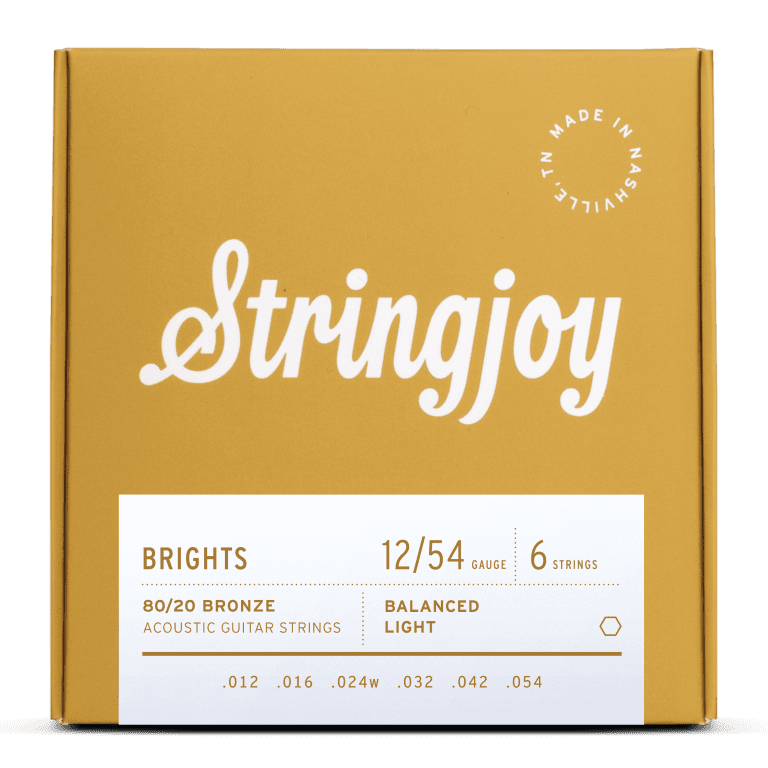
Stringjoy 12-54 Light Gauge Brights - 80/20 Bronze Acoustic Guitar Strings

Stringjoy 11-52 Super Light Gauge Foxwoods - Coated Phosphor Bronze Acoustic Guitar Strings

Stringjoy 11-52 Super Light Gauge Naturals - Phosphor Bronze Acoustic Guitar Strings

Stringjoy 11-48 Classic Medium Gauge Broadways - Pure Nickel Electric Guitar Strings

Stringjoy 9.5-46 Balanced Super Light Plus Gauge Orbiters - Coated Nickel Electric Guitar Strings
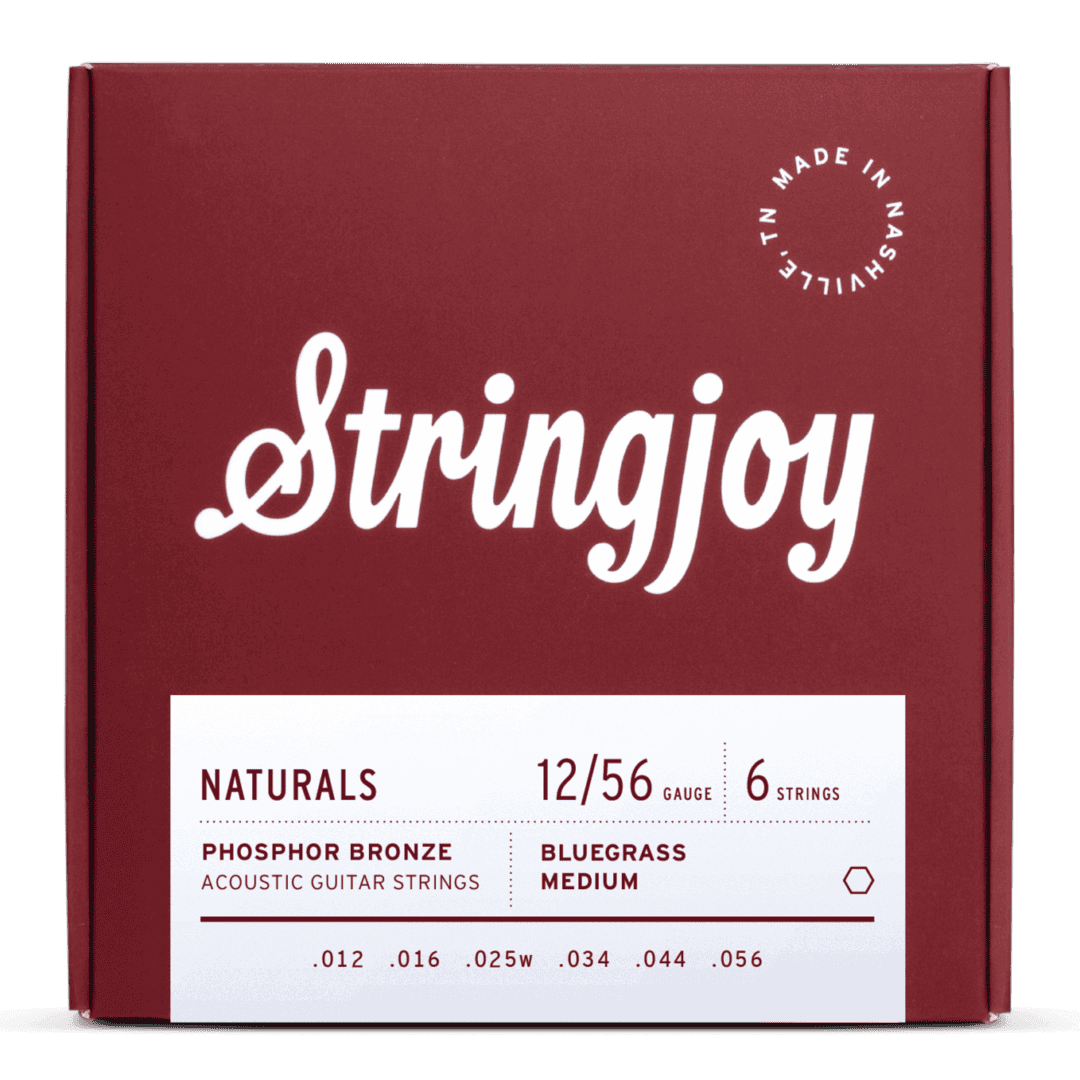
Stringjoy 12-56 Bluegrass Medium Gauge Naturals - Phosphor Bronze Acoustic Guitar Strings
Other Posts you may like

Guitar Strings Order: How the Guitar is Tuned and Why

Two Handed Tapping: Our Top 8 Tappers of All Time
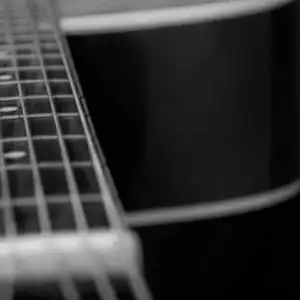
Which Guitar Strings Wear Your Fret Wire Down More?
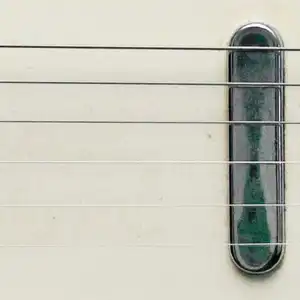
What is Nashville Tuning? Its History, Best Guitar Strings & Uses
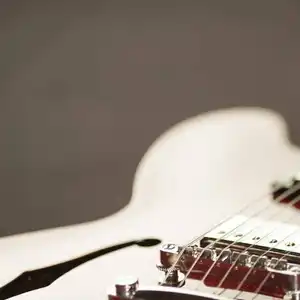
Guitar Scale Length Explained: String Tension & Playability

What Guitar Strings I Used To Play...
0 Responses
Leave a Reply
Your email address will not be published. Required fields are marked *

